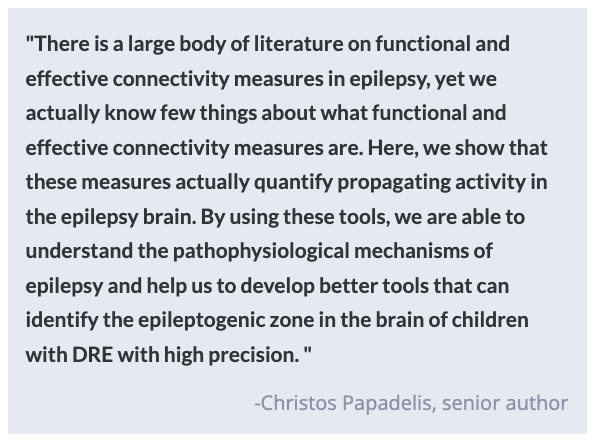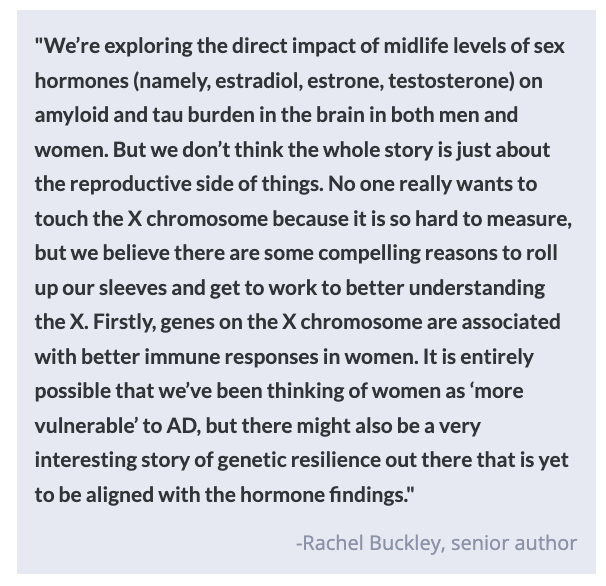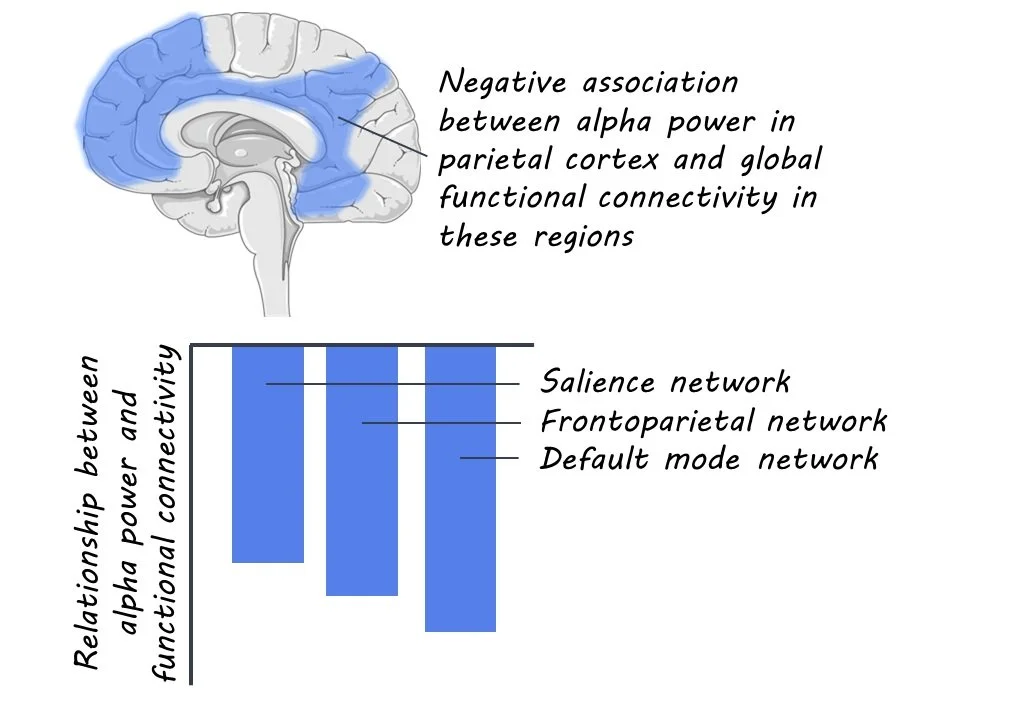Finding Better Ways to Target Epilepsy Zones in the Brain
Post by Christopher Chen
The takeaway
Surgically removing the epileptogenic zone (EZ) – the brain region where epileptic seizures are generated – can allow patients with drug-resistant epilepsy (DRE) to live seizure-free, but it is often challenging to locate the EZ’s precise location. By mapping the propagation of interictal spikes - brief spontaneous neural discharge between seizures - researchers discovered key components of successful surgical resections that may help improve health outcomes in patients with DRE.
What's the science?
In patients with drug-resistant epilepsy (DRE), complete surgical removal of the epileptogenic zone (EZ) – the brain region where seizure activity is generated – can allow patients to live a life free from seizures. Currently, clinicians locate the EZ using a biomarker called the seizure onset zone (SOZ) which is identified by using a technique called intracranial electroencephalography (iEEG). However, iEEG has several technical limitations that may lead to defining a SOZ that does not encompass the entire EZ, thus leading to incomplete EZ resection and poor clinical outcomes.
To offset these limitations, clinical researchers have devised a new technique combining electric source imaging (ESI) with iEEG to provide more precise identification of the EZ. ESI allows for the mapping of propagating electric signals following a seizure (i.e., interictal spikes) and clearer delineation of brain function following a seizure. In a recent article in Brain, researchers used this strategy on patients with DRE to identify physical and network signatures that correlate with both good and poor surgical outcomes.
How did they do it?
To characterize brain activity in patients with both good and poor surgical outcomes, researchers retroactively analyzed brain imaging and network activity data from roughly 40 children with DRE at a single hospital site in the United States over a six-year period. Working with a team of clinicians, researchers analyzed patient data to generate 3D images of each patient’s brain along with functional maps of brain activity.
Researchers then needed to characterize the physiological and network characteristics of patient brains. They used ESI to help reconstruct three key spatiotemporal zones of interictal spike propagation: spike onset, early spread, and late spread. In other words, they measured and identified the physical location of the spike signal in the brain over the first 10% of its spread (onset), the next 10% of its spread (early spread), and the final 80% of its spread (late spread). Researchers also measured the level of functional connectivity between these three zones as well as their degree of physical overlap with the surgically-resected region. These data points were then compiled and analyzed in order to compare profiles of patients who had good and poor outcomes from surgical resection.
What did they find?
There were several notable findings pertaining to the patient profiles from good and poor surgical outcomes. In terms of the type of electric events, there were no major differences in the type of spike activity (isolated vs. propagating) and only slight differences in the descriptive characteristics of the spikes themselves (e.g. spike velocity) between patient groups. However, there was a key difference in the actual direction of the spike spread. Specifically, spike spread was more organized and hierarchical in patients with good outcomes (onset -> early spread -> late spread). Researchers also found that patients with good outcomes had surgical resections physically closer to the onset, early and late spread zones.
Furthermore, when researchers delved deeper into the patient profiles with good outcomes, they found that their surgical resections were closest to one zone in particular, the spike onset zone and that surgical resection of the spike onset zone was an accurate predictor of surgical outcome. Interestingly, researchers also found that resection of the clinically-defined SOZ was not an effective predictor of good surgical outcomes. Overall, these findings point to the idea that patient profiles with good surgical outcomes were highlighted by more directionally-organized information flow and resection that was close to the spike onset zone.
What's the impact?
This research highlights network connectivity signatures and spike propagation analysis as critical strategies in identifying the EZ in patients with DRE. Researchers were able to link resection of the spike onset zone to good surgical outcomes suggesting that locating the onset zone in patients with DRE may be another critical step in enhancing the probability of a good outcome in surgical resection. While the sample size was relatively small and concentrated in a single hospital site – their findings should help inform therapeutic interventions clinicians can employ to help patients with DRE live seizure-free.





